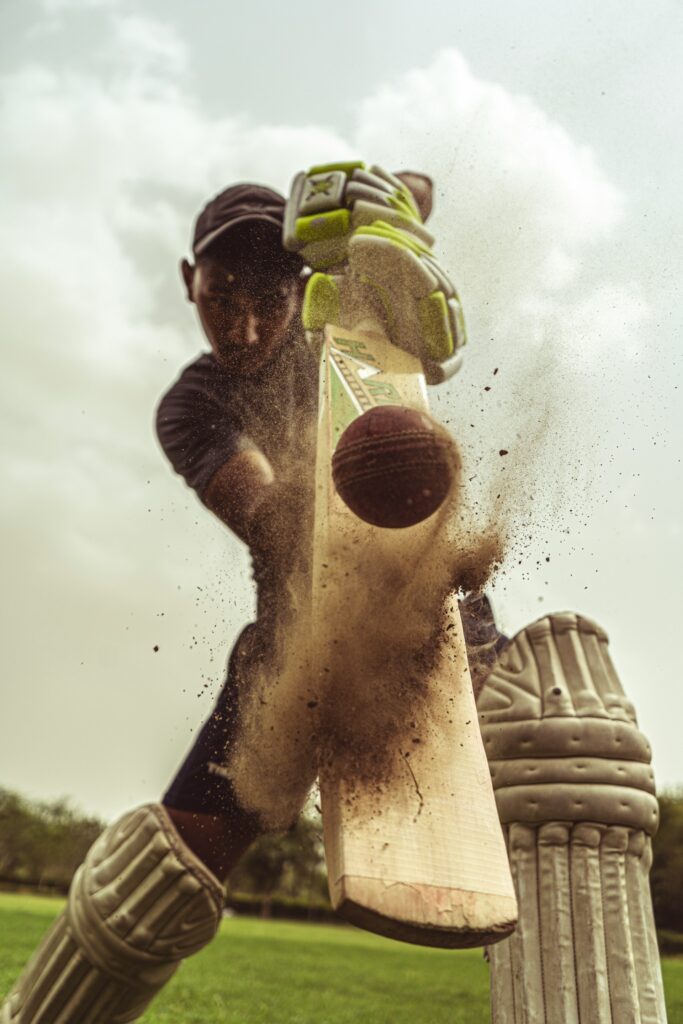Cricket is more than just a sport; it’s a global phenomenon with a rich history that dates back to 16th-century England. It is now beloved in countries around the world, uniting diverse cultures through its competitive spirit and unique gameplay.
The Basic Rules of Cricket
Crickets is played on a circular or oval field with a rectangular pitch at the center. Each team has eleven players, and the game’s objective is to score more runs than the opposing team. Matches can last from a few hours to several days, depending on the format.
Important Equipment Used in Cricket
The crickets ball, made from cork and leather, is hard and can reach high speeds. Batsmen use a wooden bat to hit the ball, and players wear protective gear to prevent injuries, including pads, gloves, and helmets.
Playing Positions in Cricket
Each player in a crickets team has specific roles. Batsmen aim to score runs, while bowlers try to dismiss batsmen by hitting the stumps or causing them to make errors. Fielders assist by catching the ball or throwing it back to the pitch.
Popular Cricket Formats
Test crickets, the game’s oldest form, spans five days and tests teams’ endurance and strategy. One Day International (ODI) and Twenty20 (T20) are shorter formats that demand faster-paced play and have gained immense popularity.
Governing Bodies and International Tournaments
The International Crickets Council (ICC) governs crickets and organizes major international tournaments like the Crickets World Cup, which garners extensive global viewership.
Cricket in Different Countries
While crickets originated in England, it has a passionate following in India and Australia, where it is considered a major sport. Each country brings its flair and traditions to the game, enriching the sport’s diversity.
Training and Techniques
Success in crickets requires mastering various skills. Batsmen practice different strokes to handle various bowling strategies, while bowlers work on their pace, spin, and swing to outwit batsmen.
Significant Records in Cricket
Crickets has witnessed extraordinary records, such as Sachin Tendulkar’s international runs and Muttiah Muralitharan’s record for the most wickets in Test crickets, showcasing the exceptional talents that have emerged in the sport.
Technological Advances in Cricket
Technology plays a crucial role in modern crickets, from the Decision Review System (DRS) that aids umpires in making more accurate decisions to high-speed cameras and analytics used for strategy and training.
Impact of Cricket on Society
Crickets has significant economic and cultural impacts in countries where it is popular. It boosts economies through tourism, broadcasting rights, and merchandise, and also serves as a cultural and social glue, bringing people together across different backgrounds.
Challenges Facing Modern Cricket
Issues like match fixing and the overcommercialization of crickets pose challenges, threatening the sport’s integrity and its traditional spirit.
Future of Cricket
Crickets continues to evolve, with changes in rules and formats designed to make the game more exciting and accessible. Innovations in technology and shifts in global sports dynamics suggest a vibrant future for crickets.
Conclusion
Crickets is not just a game; it’s a heritage sport that has evolved into a dynamic global enterprise, captivating millions with its blend of tradition and modernity.

